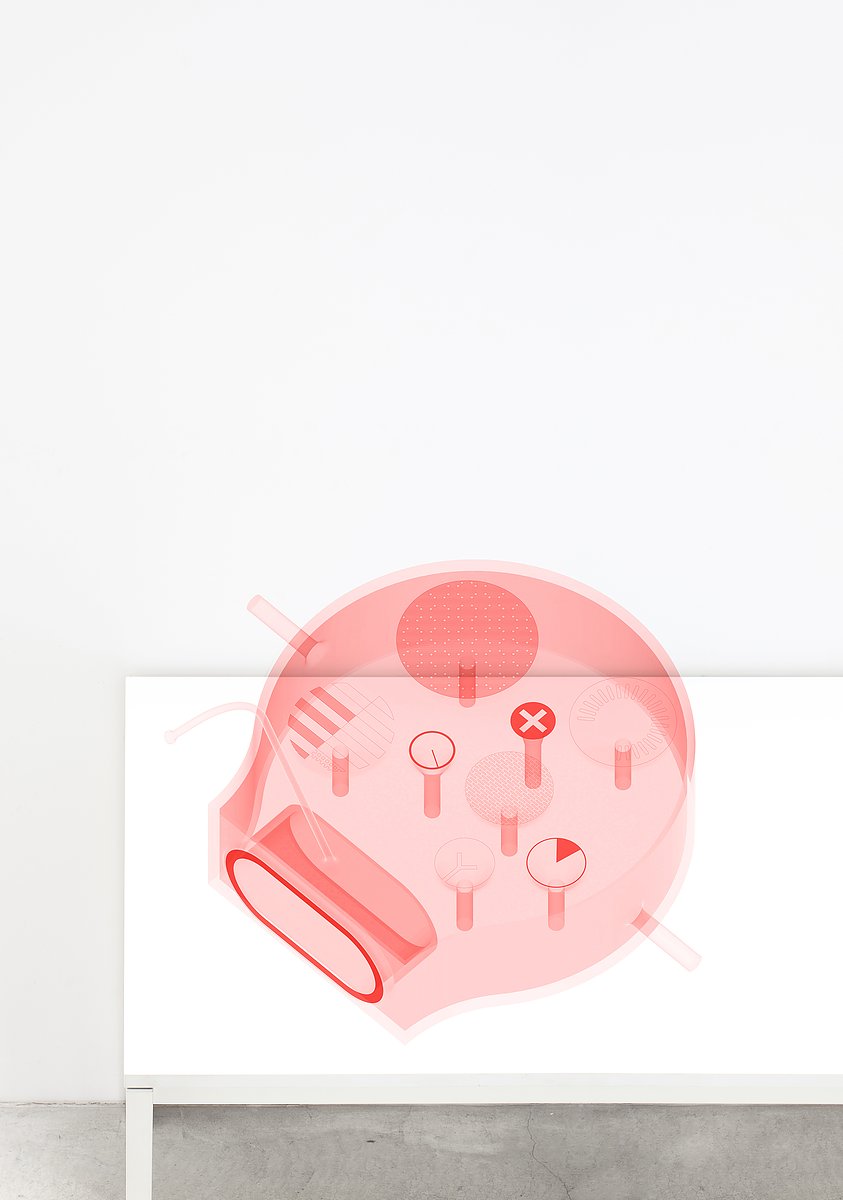Design for the Unreal World

The phrase ‘real world’ is something most designers (and academics) will be familiar with— as a rallying cry, as a critique, as a justification. But what is this real world, and where is it? More importantly, this suggests there is also a ‘not real world’: where does this not exist? And who decides what is real and what is not (what can and what cannot not exist)?
Speaking as committed objectologists fascinated by objects of all kinds whether real or unreal, we both find it perplexing, when confronted with a certain kind of object, to hear a person claim that it is not real. Yet, there in front of us is a thing, taking up space, existing, being in the world. Ok, the values it embodies might be at odds with those around us, and its purpose or reason for existing might be abstract or cerebral, but surely, if it actually exists as a physical object, it is real.
This binary view, which divides the world of ideas, things, and thoughts into ‘real’ and ‘not real’ is extremely damaging to the fostering of imagination and its ability to uncover alternatives to how things are now. Especially when the word ‘unrealistic’ often simply means ‘undesirable’ to those in charge, rendering alternative realities impossible for everyone else. Designers need to move beyond this binary approach to dividing up thoughts, ideas and things. They all exist after all, just in different ways, somewhere, otherwise it would not even be possible to think them. Design needs more nuanced ways of understanding and talking about this relationship, one that acknowledges that the real and the not real are just two poles on a subtle and rich spectrum.